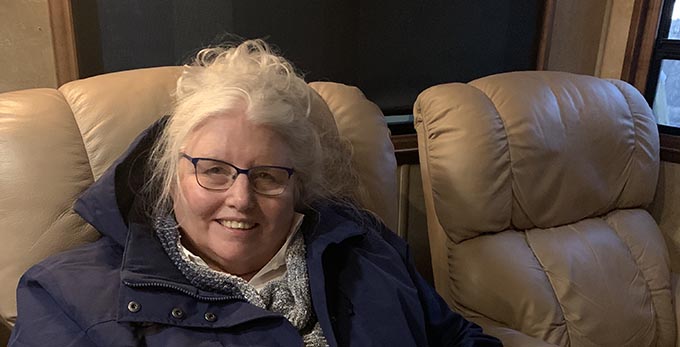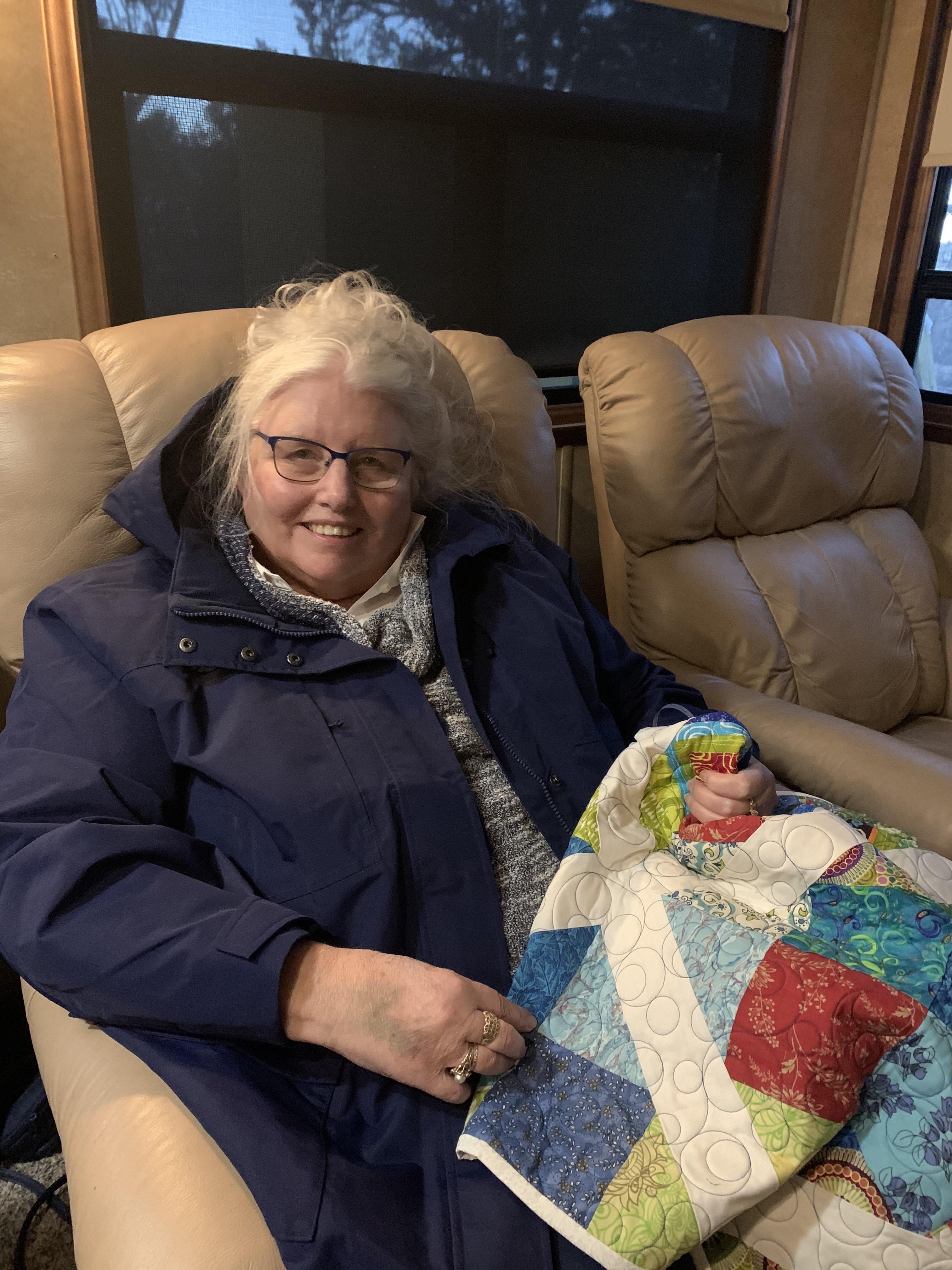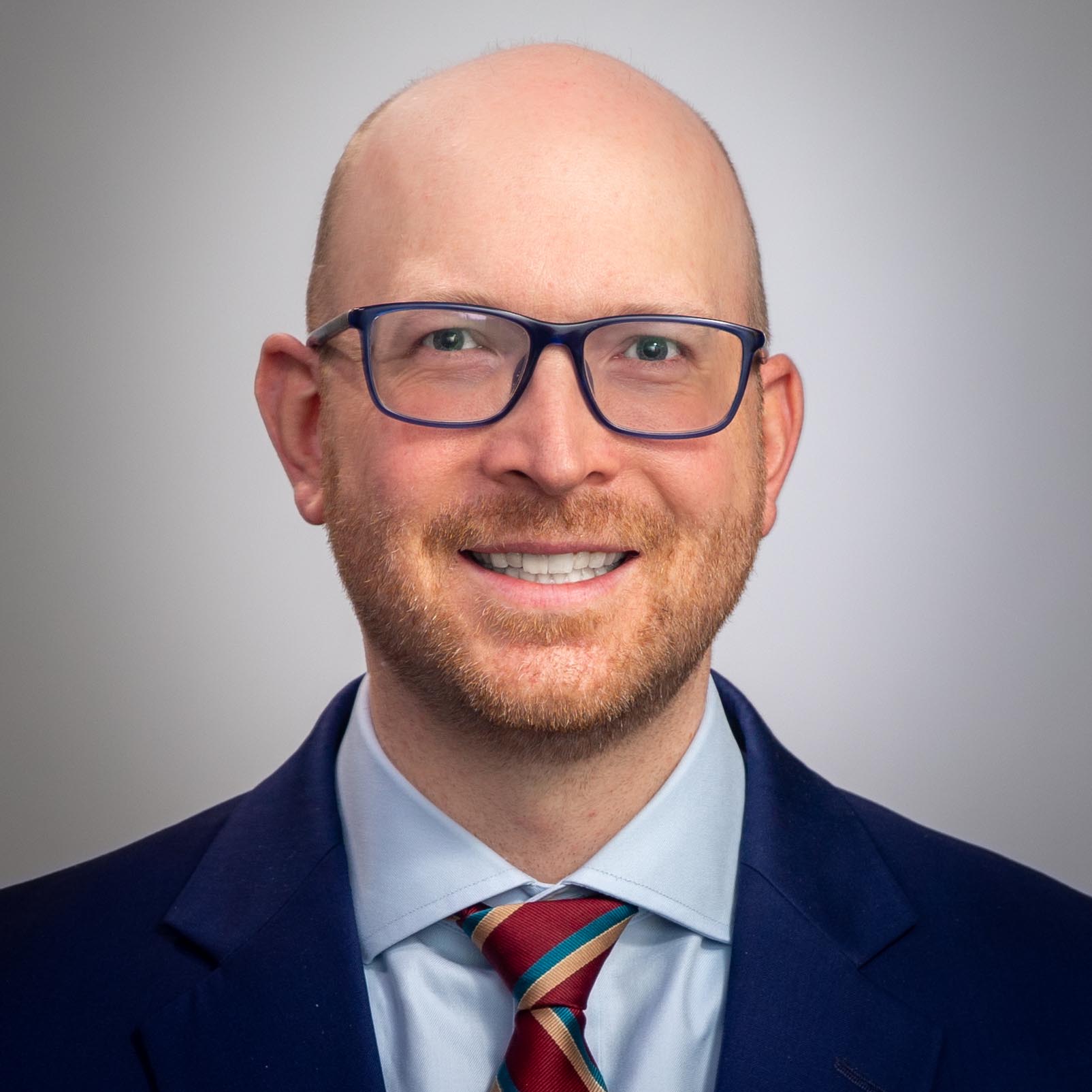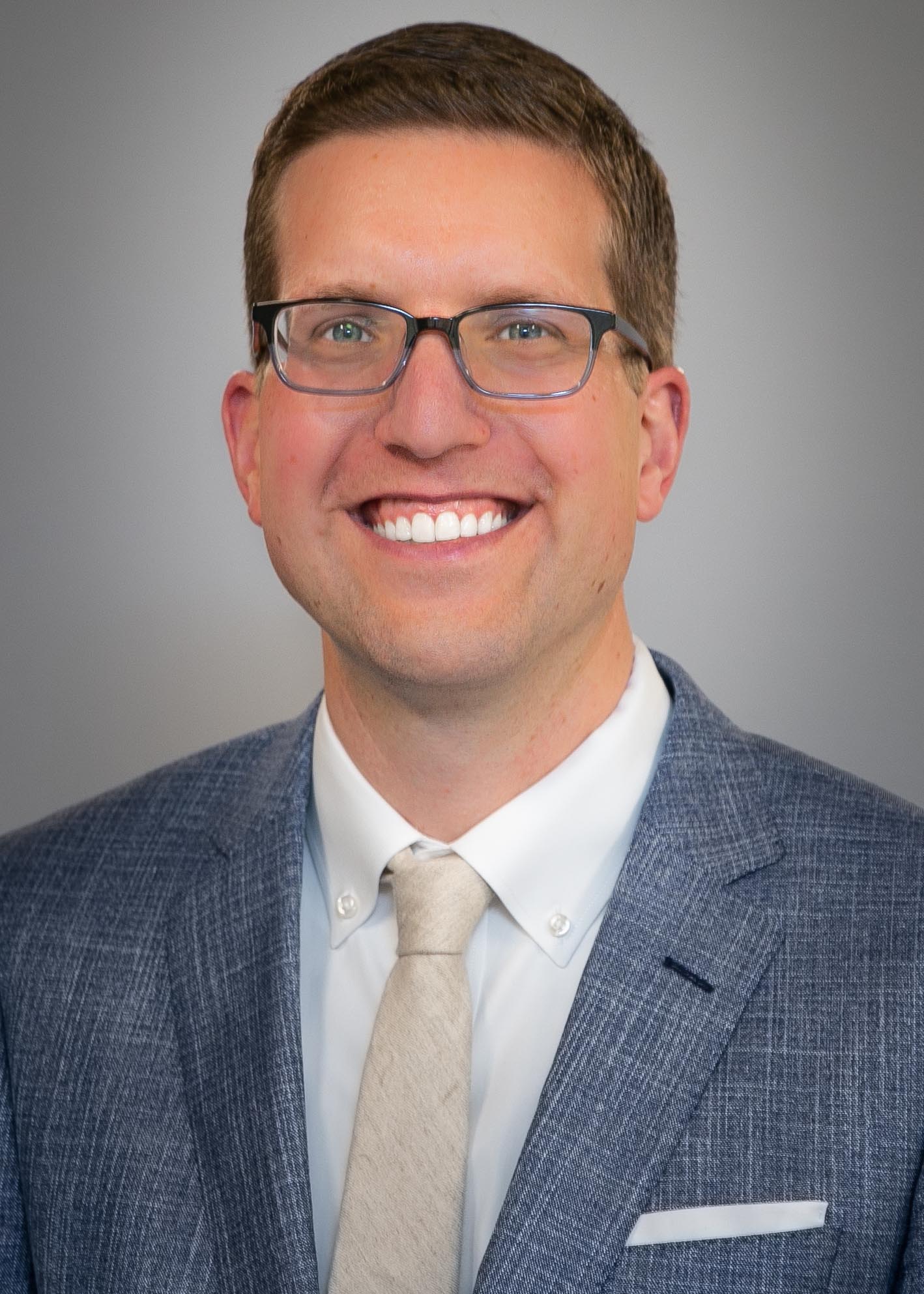Late in the afternoon of Monday, March 7, Carla Moyer had just finished talking to one of her best friends on the phone when she noticed the right side of her body had drooped and she couldn’t move.
Unable to dial 911 or activate her electric recliner, Moyer sat helpless until her husband Bob got home from work at about 5:30 p.m. “I couldn’t say, ‘Alexa, call 911,’ because I couldn’t talk,” she says.
Her husband bundled her into the car and drove her to a nearby fire station in the East Mountains. Paramedics brought her by ambulance to The University of New Mexico Hospital, radioing ahead to report that she was having a stroke. On arrival, it was discovered that one of the main blood vessel branches to the brain was blocked by a clot.
Over the next few hours, a team led by stroke neurologist Tobias Kulik, MD, and vascular neurosurgeon Andrew Carlson, MD, worked to restore much-needed blood flow to Moyer’s brain. She was given clot-busting medication, then underwent a procedure to have the clot retrieved from her brain using a device mounted on a catheter that threaded up through a blood vessel in her groin.
“They took me in and I was awake the whole time,” she recalls. “I was aware of what was going on. I got frightened because of all the machines, and no one was talking to me.”
Removal of the clot allowed oxygen-rich blood to flow back into Moyer’s brain, restoring function in the speech and motor areas in her brain that had been affected by the stroke.
By the next morning, I was beginning to communicate a little bit... After 48 hours I had all my speech back
“By the next morning, I was beginning to communicate a little bit,” she says. “They kept me there for two days. After 48 hours I had all my speech back.”
Before she left the hospital, the retired elementary school teacher learned she had an underlying condition that likely triggered her stroke: atrial fibrillation. It’s an irregular and often rapid heart rhythm that may lead to blood clots in the heart – which in turn can travel to the brain. It can be treated with medications or implantable pacemakers.
Clot-retrieving thrombectomy is a state-of-the-art treatment for many ischemic strokes that has been in use for about 15 years, but only recently has been considered the standard of care treatment for patients with strokes like Moyer’s. “Studies have shown that it is one of the most effective treatments in all of medicine, as measured by lives saved and avoidance of long-term disability,” said Carlson, an associate professor of Neurosurgery.
UNM’s stroke team provides round-the-clock coverage, which requires coordination across many specialties. As the first and currently only comprehensive stroke center in the state, they have received national recognition for providing excellent, evidence-based care for patients with strokes.
They partner with the UNM ACCESS program, which allows for a real-time stroke consult by UNM neurologists using tele-technology with hospitals across the state. This helps the treating team to better know who should be transferred to UNMH and who can safely be treated at their home hospital.
Many doctors remain unaware that patients with these severe strokes, who have historically not had effective treatments available, may now benefit from the thrombectomy procedure.
The mnemonic “BE FAST” can help bystanders recognize the acute stroke symptoms: Balance problems, Eye changes, Face drooping, Arm weakness and Speech difficulty – which means it’s Time to call 911 or transfer to a stroke center. Stroke is a true medical emergency, and speeding treatment by even a few minutes can improve outcomes.
Earlier this year, Moyer had a bout with COVID, exacerbated by asthma, and she had been experiencing depression and anxiety. Those feelings vanished after she recovered from the stroke.
“I’m 71 years old,” she says. “I have never ever in my life felt like this. Wow, what a gift!”



